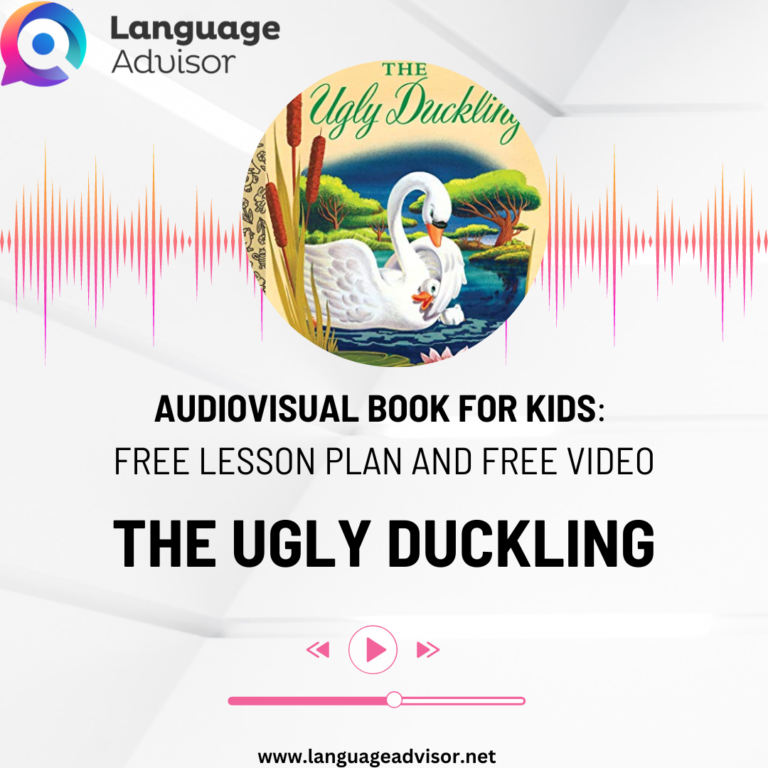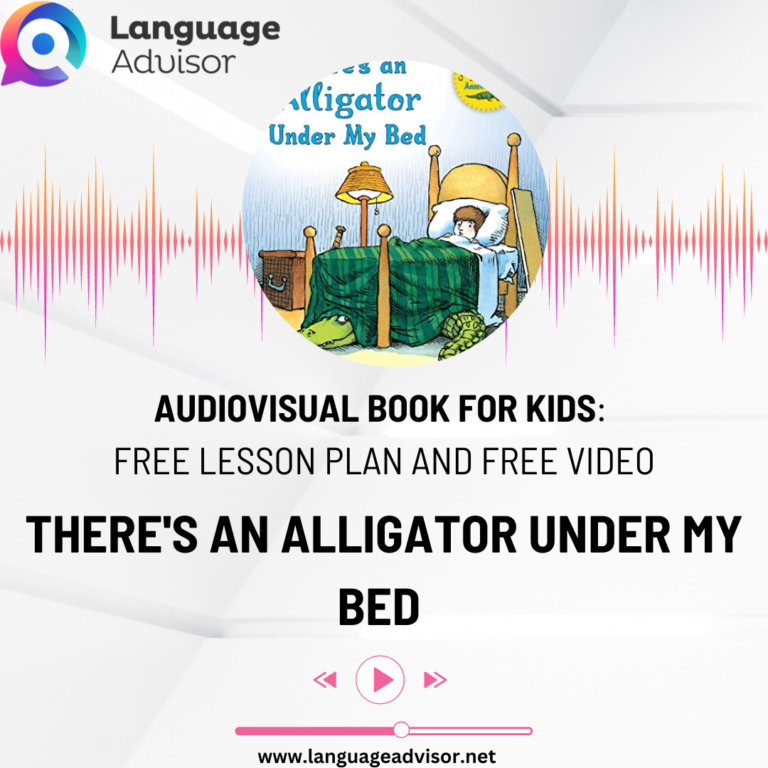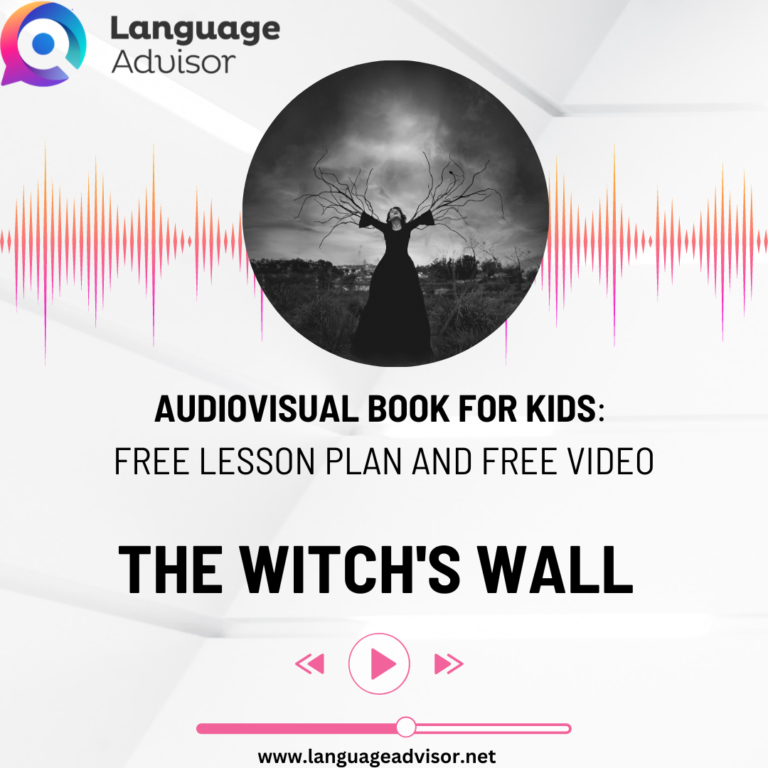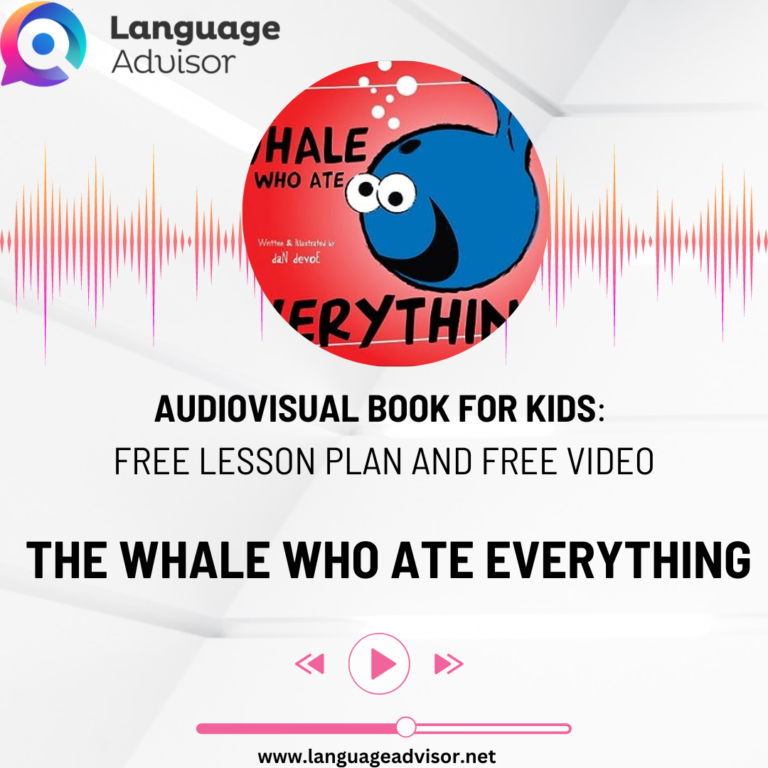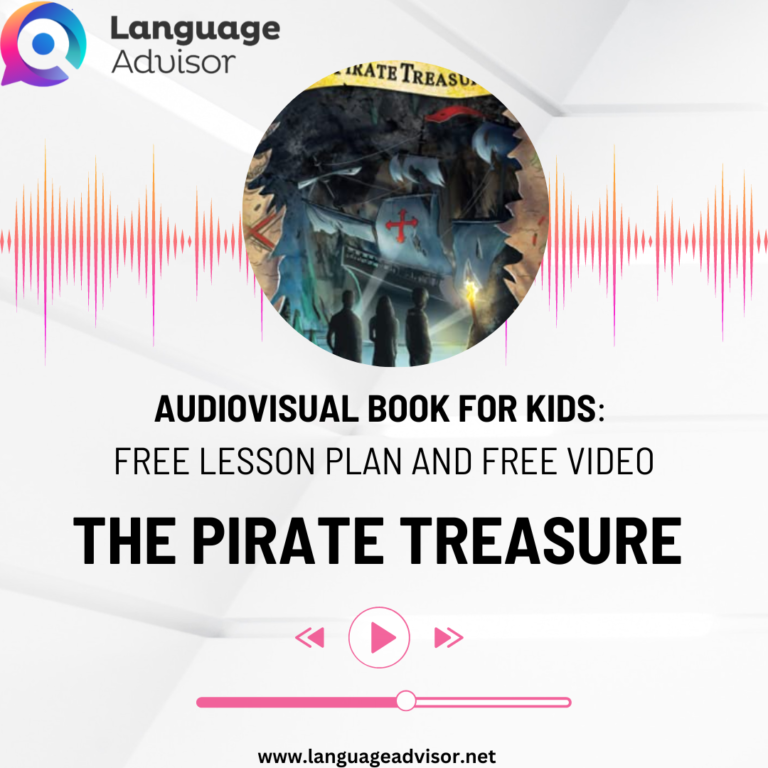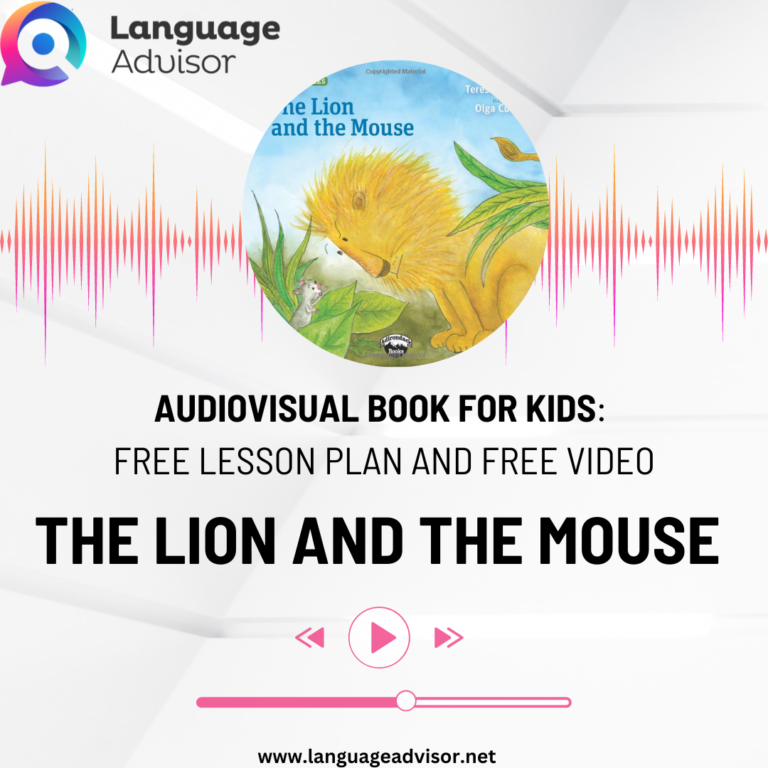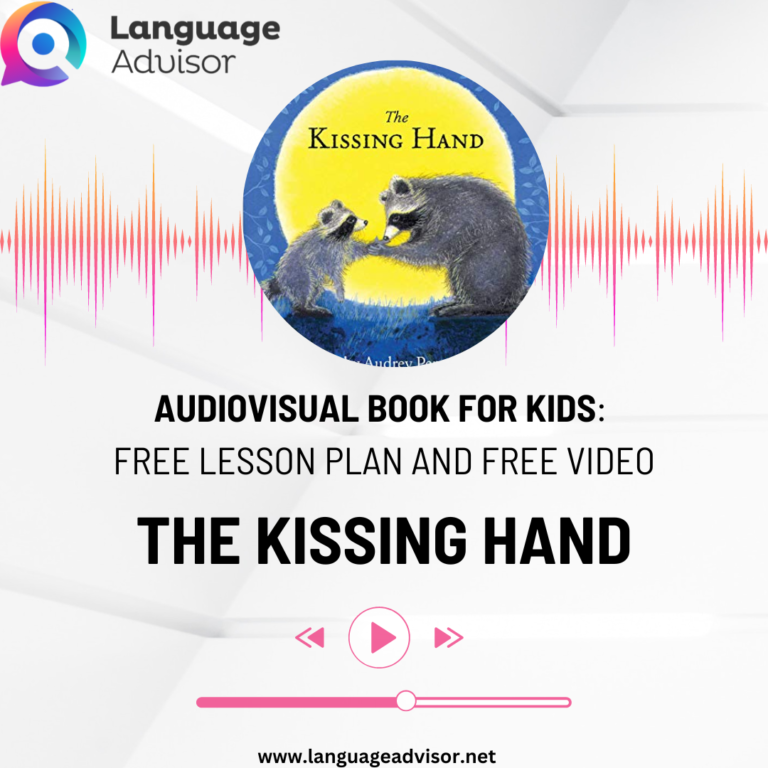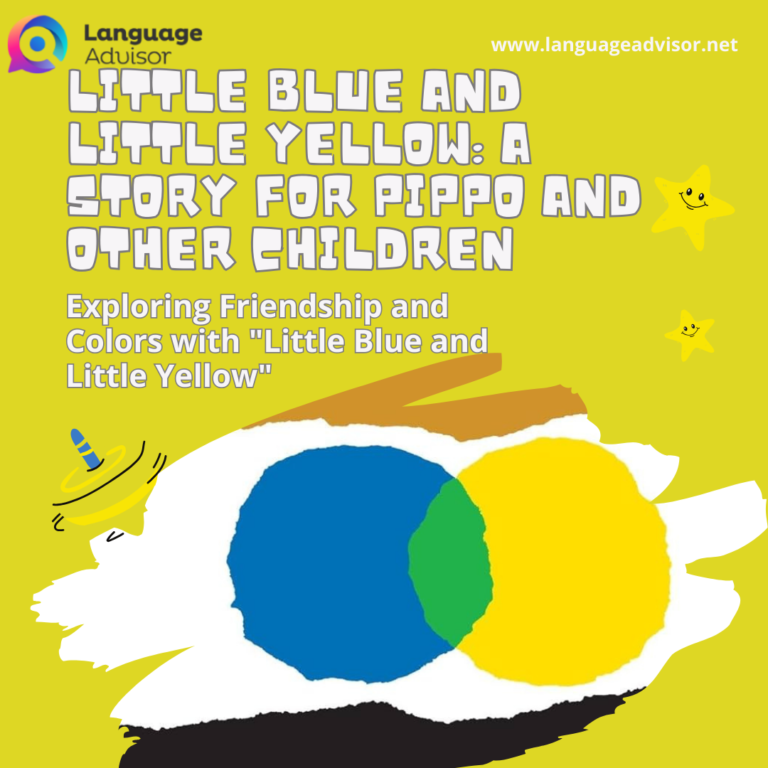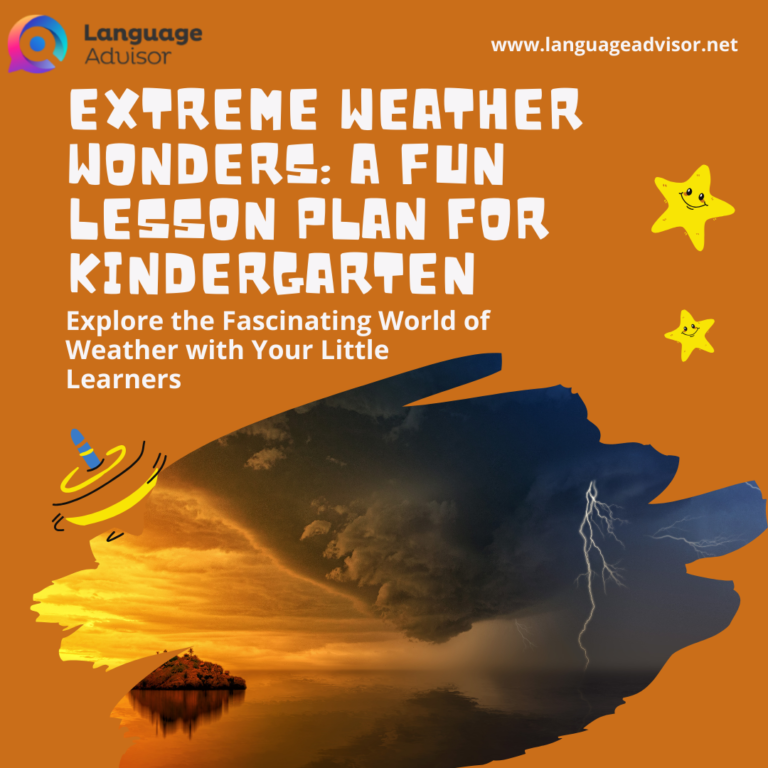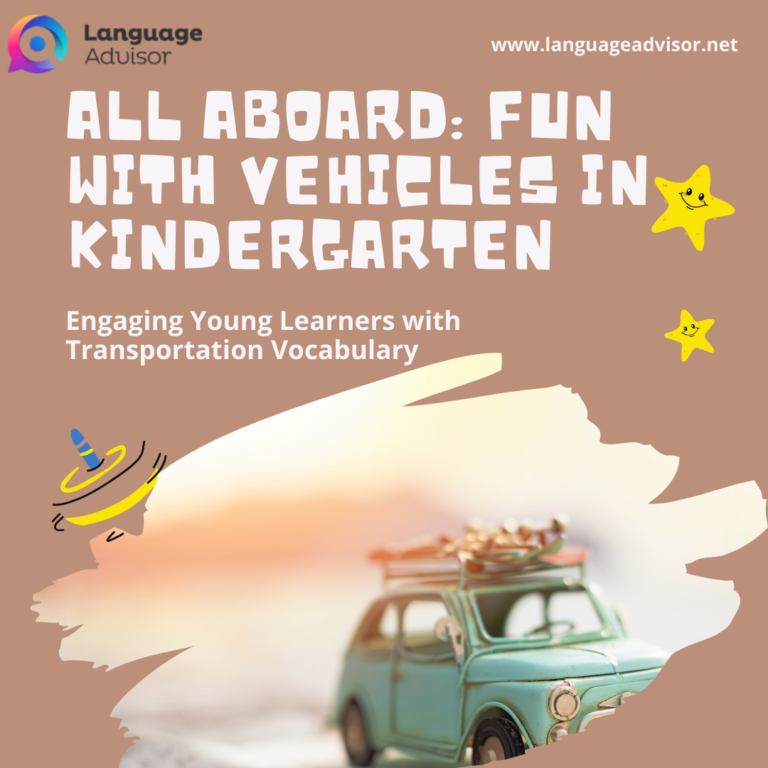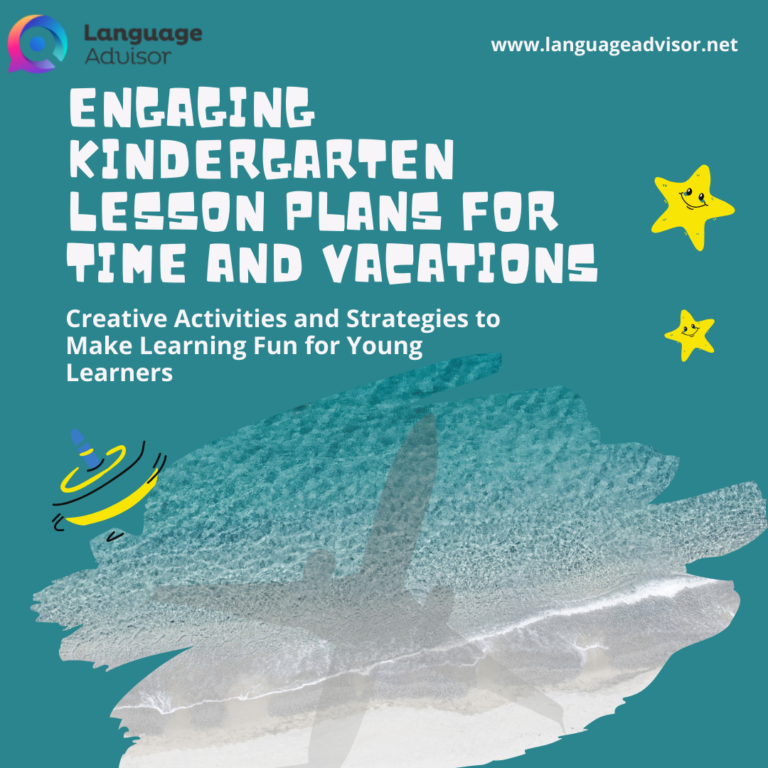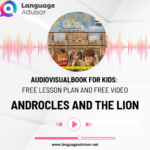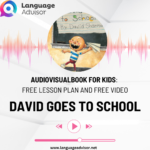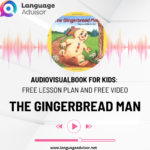Audiovisual book for Kids: Little Red Riding Hood. With Free Lesson Plan and Free Video for Preschool and Young Learners
Audiovisual book for Kids: Little Red Riding Hood

Audiovisual book for Kids: Little Red Riding Hood
Objective
The objective of this lesson plan is to introduce preschool and young learners to the classic fairy tale “Little Red Riding Hood” using an audiovisual book. Through this interactive and engaging experience, children will enhance their listening skills, comprehension, and explore themes of caution and safety.
Target Audience
Age Group: Preschool and Young Learners (ages 3-6)
Duration
Approximately 30-45 minutes
Materials
- Audiovisual book/video of “Little Red Riding Hood” (free online resources or pre-recorded version)
- Storytelling props (optional): Red hooded cape or a picture of Little Red Riding Hood, wolf puppet or picture.
- Art supplies: Crayons, colored pencils, markers, scissors, glue, and construction paper.

Lesson Plan
- Introduction (5 minutes):
- Greet the children and introduce the story of “Little Red Riding Hood.”
- Explain that it is a classic fairy tale and discuss what fairy tales are.
- Pre-Reading Activity (5 minutes):
- Show the children the red hooded cape or a picture of Little Red Riding Hood, as well as the wolf puppet or picture.
- Ask them to predict what the story might be about based on these props.
- Read-Aloud (10 minutes):
- Play the audiovisual book/video of “Little Red Riding Hood” for the children to watch and listen.
- Encourage them to listen for the different characters and the events in the story.
- Discussion (5 minutes):
- Engage the children in a brief discussion about the story and its characters.
- Ask questions like: “What did Little Red Riding Hood do when she met the wolf?” “Why was that not safe?” “What lesson did she learn?”
- Art Activity (15 minutes):
- Provide the children with art supplies and ask them to draw their favorite scene from the story or create a picture of Little Red Riding Hood and the wolf.
- Alternatively, they can create a “red riding hood craft” using construction paper and other materials.
- Conclusion (5 minutes):
- Have each child share their artwork and briefly explain what they liked about the story.
- Discuss the importance of caution and safety, especially when talking to strangers.

Free Video Resource
- Use the storytelling props to make the read-aloud session more interactive.
- Encourage the children to use their creativity to retell parts of the story in their own words.
- Adapt the lesson plan to suit the individual needs and attention spans of the children involved.
- Remember, the goal is to make the learning experience enjoyable and meaningful for the young learners while exploring the classic fairy tale of “Little Red Riding Hood” and its valuable lessons about caution and safety.


IF YOU ARE INTERESTED IN BUYING THIS BOOK, CLICK ON THE BUTTON BELOW

Please find more audiobooks by checking the posts below

Also Check out These English Lesson Plans for Preschool and Young Learners




